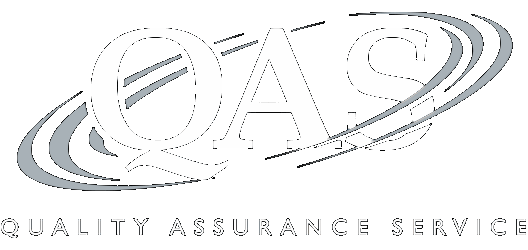Basis Calculations for Partnerships and LLCs
Book-Ups, Step-Ups, At-Risk Amounts, Allocating Liabilities, and Tax-Basis Capital Reporting
Note: CLE credit is not offered on this program
Recording of a 110-minute CPE webinar with Q&A
This course will provide tax preparers and professionals advising partnerships and LLCs with a solid foundation for calculating and maintaining partners' basis accounts. The panel will discuss book-ups, step-ups, at-risk rules, the corresponding recourse and nonrecourse debt allocations, and the tax basis capital reporting requirements for Form 1065.
Outline
- Types of partnerships
- Annual increases and decreases to basis
- The interplay of basis and capital accounts
- Section 754 step-ups
- Book-ups
- At-risk amounts and Form 6198
- Recent tax-basis reporting requirements
- Basis issues in bankruptcy
- Best practices for tracking partners' basis
Benefits
The panel will review these and other crucial questions:
- What complexities should tax preparers be aware of when calculating the basis for pass-through entities?
- What are the increases and decreases to consider for the basis calculation?
- When should a partnership's assets be stepped up?
- What is the difference between inside and outside basis?
Faculty

John T. Alfonsi, CPA
Managing Director
Cendrowski Corporate Advisors
Mr. Alfonsi has 25 years of tax consulting, business valuation, litigation support and forensic accounting experience.... | Read More
Mr. Alfonsi has 25 years of tax consulting, business valuation, litigation support and forensic accounting experience. In the tax planning and consulting arena, he works primarily with partnerships and with private equity, venture capital and hedge funds.
Close
Andrew Kramer, CPA
Senior Manager
Yeo & Yeo CPAs & Advisors
Mr. Kramer has more than 14 years of client service experience, specializing in tax planning and preparation for... | Read More
Mr. Kramer has more than 14 years of client service experience, specializing in tax planning and preparation for partnerships across all industries. His primary expertise lies in advising clients on partnership formation transactions, complex allocations of profit and loss, assisting clients in complying with evolving reporting requirements, allocations of partnership liabilities, and partner exit strategies. He also advises clients on the qualified business income deduction under Section 199A and has past experience with publicly-traded partnerships, real estate investment trust operating partnerships, and renewable energy tax credits.
Close
Dean L. Surkin, JD, LLM
Professor (Adjunct)
Pace University Graduate School of Business
Mr. Surkin is an attorney engaged in private practice in the New York metropolitan area. He recently retired from the... | Read More
Mr. Surkin is an attorney engaged in private practice in the New York metropolitan area. He recently retired from the position of Tax Director at a regional CPA firm based in New York City. Prior to that, Mr. Surkin was a partner at Surkin & Handlin, a boutique firm that handled real estate and tax matters. He is a tax attorney with broad-based experience in tax planning and research, has litigated major cases in the fields of taxation, probate and general commercial matters, and has been peer-reviewed by Martindale-Hubbell. Mr. Surkin holds the highest rating for legal ability and ethical standards, AV. His published articles on tax law have appeared in peer-reviewed journals, practitioners’ journals, and the popular press. Mr. Surkin also writes science-fiction short stories about the adventures of his granddaughters and their dog visiting historic events in their uncle’s time machine (their uncle is also a dog) and serves on the Board of Directors of the Westchester Community Orchestra.
Close
